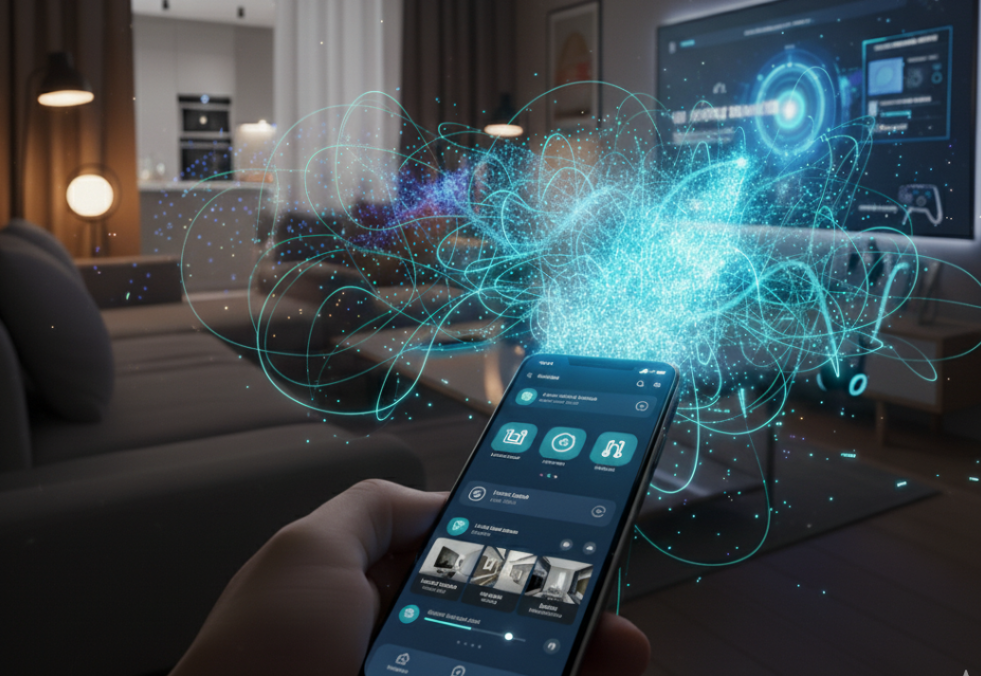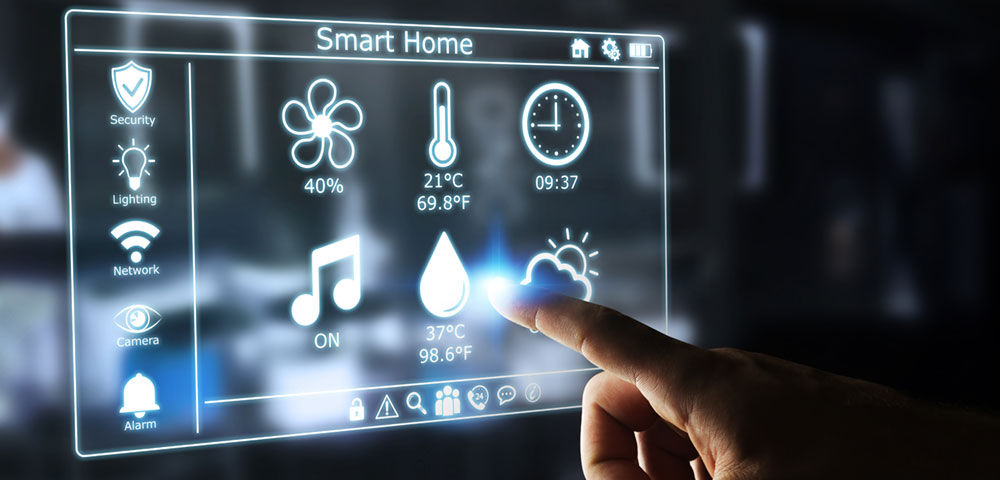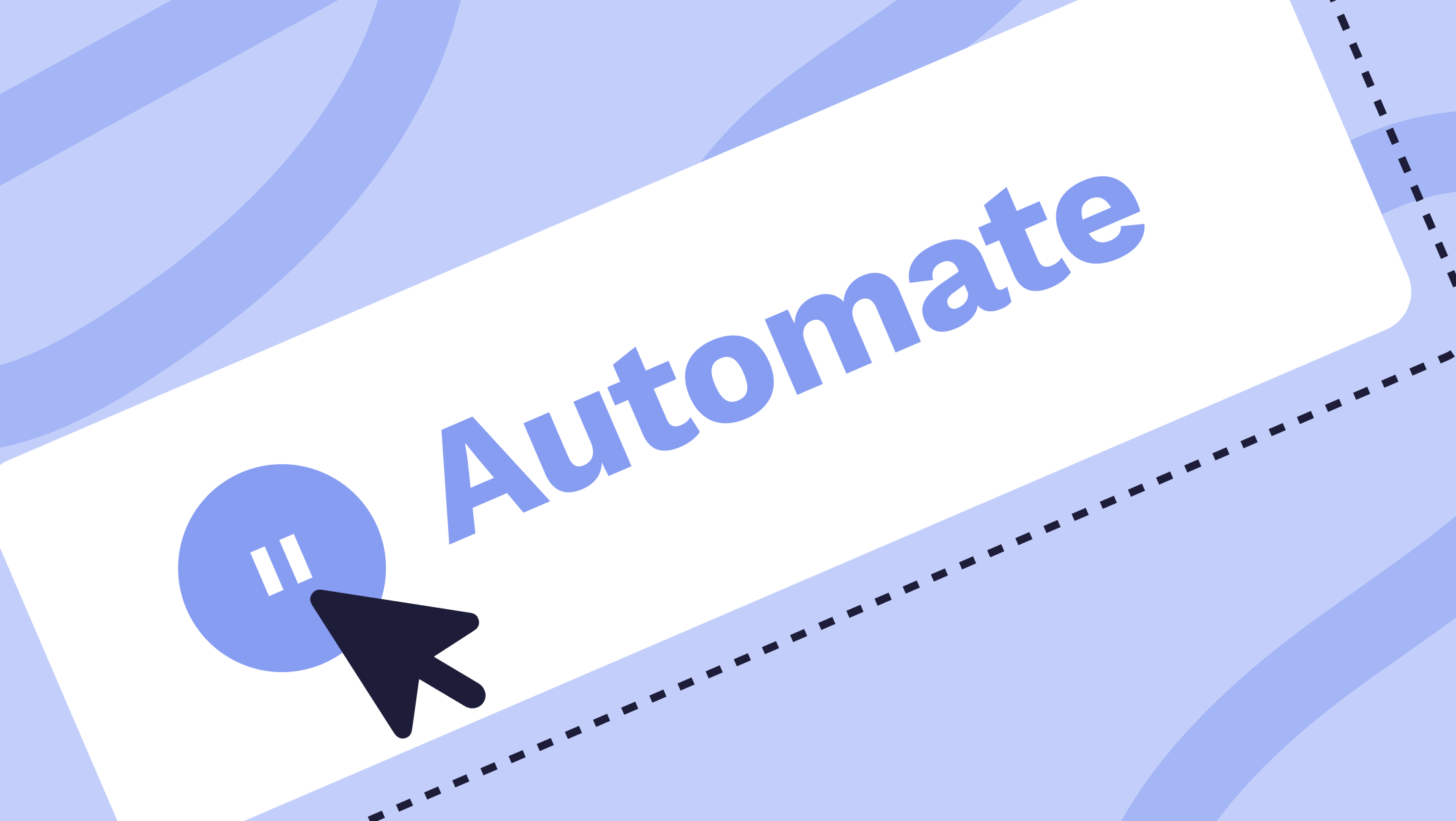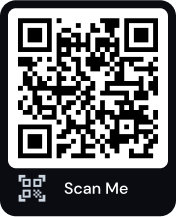.png)
Definition of IoT (Connecting Everyday Objects to the Internet)

Dial Chowdhury
20 October 2025 . 8 Minute Read
Introduction: What Is IoT?
The Internet of Things (IoT) is one of the most impactful innovations shaping our connected world. But what exactly does it mean?
At its core, IoT refers to a network of everyday physical objects—like lights, refrigerators, fans, vehicles, and door locks—connected to the internet. These objects are embedded with sensors, software, and connectivity features that allow them to collect, exchange, and act on data without constant human input.
In simpler terms, IoT makes ordinary objects “smart” by enabling them to communicate with people, devices, and systems through the internet.
From smart homes in Dhaka to IoT-based irrigation systems in Bogura, this technology is changing how we live, work, and innovate. Understanding IoT helps students unlock future careers in automation, data science, robotics, and smart technologies, contributing directly to the Smart Bangladesh Vision 2041.
Theoretical Framework: Understanding the Definition of IoT
Let’s break down the term “Internet of Things” into three simple parts:
1. Internet
The global network that allows computers, smartphones, and now countless other devices to connect and exchange data across the world.
2. Things
These are physical objects that traditionally couldn’t connect to the internet—but now can. IoT turns them into smart devices.
Examples include:
-
A ceiling fan that turns on automatically when the room gets hot.
-
A smart water pump in a rice field that activates when soil moisture drops.
-
A streetlight that switches on only when it detects motion nearby.
3. Sensors & Actuators
IoT devices often include:
-
Sensors — to detect changes in temperature, motion, light, humidity, etc.
-
Actuators — to perform physical actions like opening a valve or switching on a motor.
Together, these components help a device sense, decide, and act, often without direct human control. This is the foundation of modern automation systems.
Everyday Examples of IoT in Action
IoT is already part of everyday life—sometimes without us even realizing it. Let’s explore examples relevant to Bangladesh:
| Application Area | Example | Impact |
|---|---|---|
| Smart Home Appliances | A smart AC that adjusts to your comfort automatically | Saves electricity and increases comfort |
| IoT in Agriculture | Smart sensors monitoring soil moisture in rural Bangladesh | Reduces water waste and increases crop yield |
| Smart Wearables | Fitness bands tracking heart rate and steps | Promotes health awareness |
| Smart Healthcare | Smart hospital beds alerting nurses automatically | Improves patient safety and real-time care |
These examples show how IoT connects daily life to digital intelligence, enabling both convenience and efficiency.
How Are IoT Objects Connected?
To work as an IoT system, a device must perform four core functions:
-
Collect Data using sensors.
-
Process Data locally or send it to a cloud server.
-
Communicate Data over the internet via Wi-Fi, Bluetooth, Zigbee, or 4G/5G.
-
Take Action or notify users based on the data insights.
Example: Smart Water Purifier in Chattogram
-
Detects water quality using a sensor.
-
Connects to your smartphone via Wi-Fi.
-
Alerts you when the filter needs replacement.
-
Can even auto-order a new filter online if programmed.
This shows how a single IoT device can integrate hardware, software, and network connectivity to perform smart tasks independently.
Why Is IoT Important?
The power of IoT lies in automation, efficiency, and real-time decision-making. By allowing devices to communicate and respond instantly, IoT:
-
Automates repetitive tasks → Saves time and reduces human error.
-
Improves energy efficiency → Smart systems optimize usage in homes and industries.
-
Enhances safety and health → Wearables and monitoring devices provide early alerts.
-
Drives smarter cities → Enables waste management, traffic control, and pollution tracking.
IoT and the Smart Bangladesh Vision 2041
Bangladesh aims to implement IoT in key national sectors:
-
Transportation: Smart traffic lights and vehicle tracking systems.
-
Agriculture: IoT-controlled irrigation and crop health monitoring.
-
Disaster Management: Real-time flood and cyclone warning sensors.
-
Education: IoT-based lab kits and campus automation.
By 2041, IoT will be the backbone of Smart Bangladesh, powering data-driven public services and sustainable urban growth.
Conclusion: IoT – The Bridge Between Devices and Data
The Internet of Things is no longer futuristic—it’s already transforming our homes, industries, and cities. By giving ordinary devices the ability to connect, communicate, and make decisions, IoT is redefining how we interact with technology.
For students across Bangladesh, learning about IoT means learning the language of the future—a blend of engineering, programming, and innovation. Whether you’re a school student building a small IoT project or a university learner studying automation systems, mastering IoT opens doors to career opportunities in smart agriculture, robotics, and AI-driven development.
IoT isn’t just connecting things—it’s connecting people to progress.
Key Takeaways
-
IoT connects physical devices to the internet for data exchange and automation.
-
IoT involves sensors, actuators, and communication technologies.
-
Applications include smart homes, agriculture, healthcare, and cities.
-
Bangladesh is adopting IoT through the Smart Bangladesh Vision 2041.
-
Understanding IoT helps students prepare for careers in STEM and digital innovation.
Frequently Asked Questions (FAQ)
Q1. What does IoT mean?
IoT (Internet of Things) means connecting everyday devices to the internet to collect and share data.
Q2. What are examples of IoT devices?
Smart TVs, smartwatches, Wi-Fi-enabled appliances, and agricultural sensors.
Q3. How does IoT help in agriculture?
It monitors soil, weather, and crop conditions, helping farmers make better decisions.
Q4. Is IoT used in Bangladesh?
Yes, IoT is used in smart farming, traffic systems, and health monitoring projects.
Q5. What skills should students learn for IoT?
Basic programming (Python, C++), electronics, data analytics, and networking.
Recent blogs

06 November 2025
8 Min Read

06 November 2025
7 Min Read


